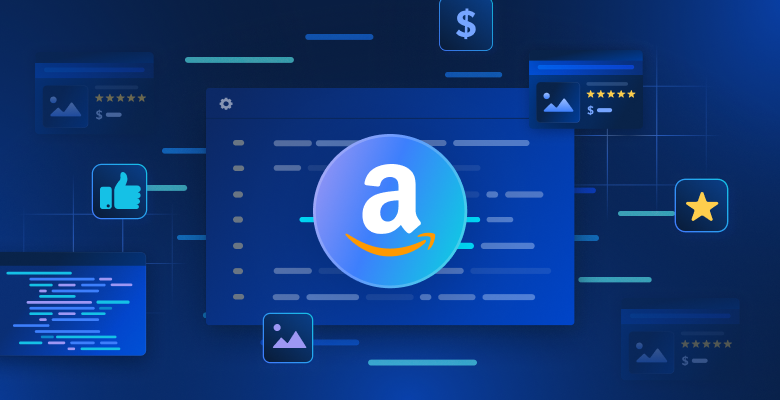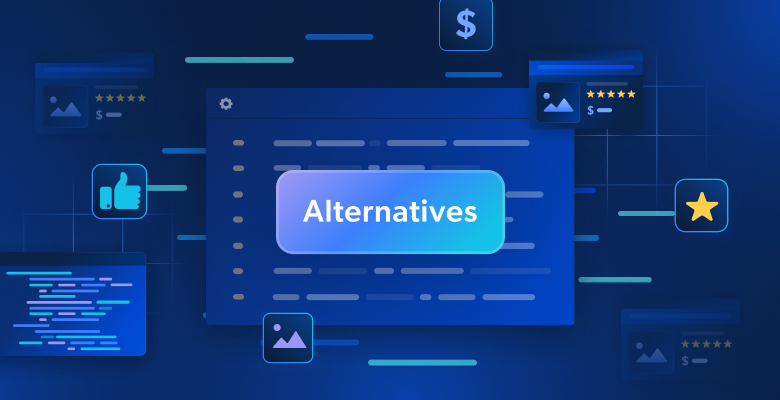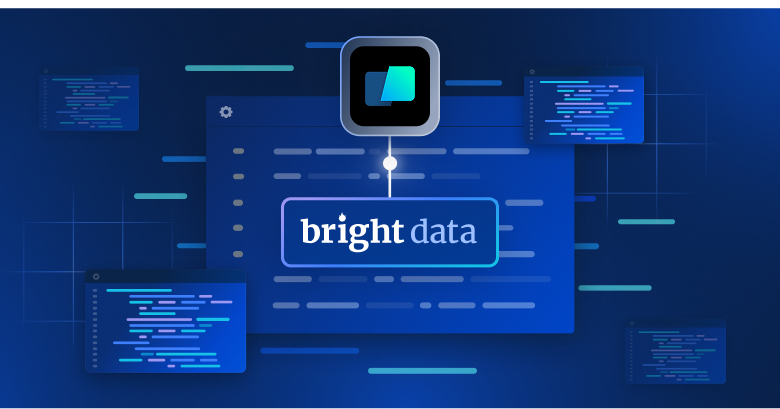Web scraping is now the foundational pillar for intelligent systems, providing the infrastructure to learn, adapt, and act in real time, and big players like Gartner are taking note of this.
Gartner’s recent Competitive Landscape for Web Data Collection Solutions report recognizes Bright Data as a key player for its infrastructure, APIs, pipelines, and datasets that power both AI development and business intelligence. According to Gartner, “Creating better AI is now the primary trigger driving interest in web data collection solutions.” This marks a pivotal shift in the industry from tactical tool to strategic enabler of AI innovation.
Data itself isn’t the answer, because having the wrong data will create poor output no matter how much you can invest in computing. As AI evolves from static models to dynamic, real-time systems, the need for fresh, relevant, and high-quality data becomes paramount.
Gartner’s report echoes this sentiment with several key insights:
- Web data collection solutions have demonstrated value on both sides of generative AI (GenAI).
- AI and GenAI have emerged as a motivation for accessing web-scraped data, with use cases ranging from training domain-specific LLMs to powering agents.
- The web is the largest source of AI training data for LLMs and continuous crawling is essential to keep models current.
- Custom data pipelines are becoming essential for AI, enabling seamless integration of real-time insights.
- AI agents are now actively scraping the web in real time, enabling dynamic learning and adaptation.
The age of AI now is about retrieving and reasoning with real-time data for inference. AI systems increasingly need to fetch the data from the internet in the right format and feed it into the model instantly, because the end user is waiting for a response. This real-time capability is especially critical for AI agents, which navigate the web, extract information, and take actions, like booking a restaurant or writing a report, on the fly.
Bright Data’s infrastructure, built over the past decade, is designed to support this shift. Its browser-based architecture and new protocols like Bright Data MCP (Machine Communication Protocol) allow AI models to interact with dynamic websites at scale, even when traditional scraping methods fail.
As the AI race accelerates, the differentiator won’t just be who has the biggest model or the most GPUs, it will be who has the best data. Gartner predicts companies will begin to compete on accuracy, which starts with data that is complete, relevant, and timely, something we are already known for and continue to innovate by.
Eventually, agents will browse the web more than humans, making browser-based AI agents, powered by real-time web data, the norm. These agents will not just read the web, they’ll interact with it, take actions, and deliver results autonomously.
This vision is already becoming a reality with tools like OpenAI’s Operator and Perplexity’s Assistant as early examples of AI agents that use real-time web data to enhance their capabilities. But most are still limited by access barriers. That’s why infrastructure like Bright Data’s designed to navigate dynamic, input-driven websites is so crucial.







